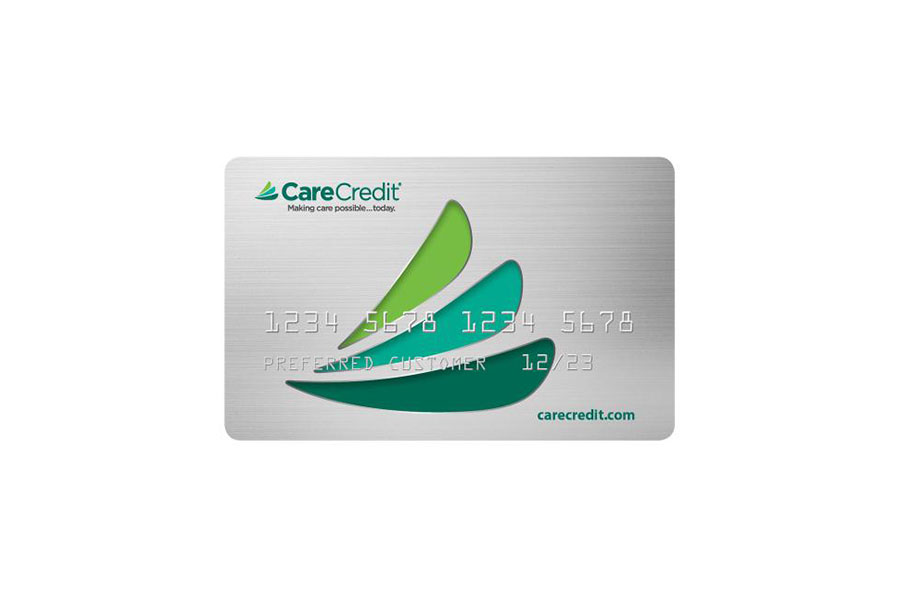The world of finance is teeming with jargon, and ‘subprime’ is one term that often raises eyebrows. Most commonly used in the context of lending, particularly mortgages and loans, the term “subprime” can affect a significant facet of your life: your capacity to borrow money.

Defining Subprime
“Subprime” is a term that lenders use to categorize potential borrowers who pose a higher risk due to their credit history. Subprime borrowers typically have lower credit scores, usually below 670. However, the term isn’t limited to mortgage lending; it spans various financial sectors, including auto loans and credit cards.
Who is considered a subprime borrower?
A subprime borrower is an individual whose credit score is low, making them a higher risk to lenders. Several factors lead to a lower credit score. These include late bill payments, high credit card balances, bankruptcies, or simply a lack of sufficient credit history. As a result, subprime borrowers are often subject to higher interest rates when they borrow money.
What does subprime credit mean?
Subprime credit typically refers to a credit score that falls below the “prime” range, which the Federal Deposit Insurance Corporation defines as a FICO score of 670 to 739. When a person has subprime credit, it indicates to lenders that there’s a higher risk involved in lending them money due to their past financial behaviors. This risk is often reflected in the terms of subprime loans, which usually carry higher interest rates to compensate for the increased risk.
Subprime Mortgages
Subprime mortgages became a widely known term following the financial crisis of 2008. These are mortgages granted to borrowers with low credit scores, typically at higher interest rates than prime mortgages.
A subprime mortgage can take many forms, but adjustable-rate mortgages (ARMs) are quite common. While these may initially offer a lower interest rate, the rate is adjustable and can increase significantly over time, leading to a higher monthly payment.
Subprime Auto Loans
Subprime auto loans are loans given to individuals with bad credit for the purchase of a vehicle. Similar to subprime mortgages, these loans carry higher interest rates due to the perceived risk that such borrowers might default. While a subprime auto loan can help a person with bad credit purchase a car, it also means the overall cost of the vehicle will be significantly higher than if the person had a prime loan.
Subprime Credit Cards
Subprime credit cards are another form of subprime lending. They are often issued to individuals with lower credit scores and come with higher interest rates and monthly fees. It’s essential for those considering a subprime credit card to read the terms and conditions carefully to avoid predatory lending practices.
Alternatives to Subprime Borrowing
While being categorized as a subprime borrower can feel like a financial setback, several alternative options can help manage and even improve your credit situation. These alternatives not only provide the necessary financial assistance but also help establish a better credit history over time.
Secured Credit Cards
Secured credit cards are an excellent starting point for those looking to break free from the confines of subprime credit. Unlike conventional credit cards, secured cards require a refundable security deposit. This deposit often determines your credit limit.
The beauty of a secured card is that it often carries lower interest rates and fewer fees than subprime credit cards. Furthermore, consistent and responsible usage can help improve your credit score, as most card issuers report your activity to the credit bureaus.
Credit Builder Loans
As the name suggests, credit builder loans are designed to help you ‘build’ or ‘rebuild’ your credit. Offered by many financial institutions, these loans work uniquely: the loan amount is held in a bank account while you make payments. Only after you’ve fully repaid the loan do you get access to the funds. The lender reports your timely payments to the credit bureaus, thereby helping you improve your credit history.
Cosigned Loans or Credit Cards
If you have a trusted individual with good credit willing to cosign a loan or credit card, you can benefit from better terms and lower interest rates. A cosigner essentially agrees to repay the debt if you’re unable to, reducing the risk for the lender. However, remember that any missed payments or defaults will negatively impact both your and your co-signer’s credit scores.
Non-profit and Community-based Financial Assistance
There are numerous non-profit and community-based organizations that offer financial assistance programs designed to help individuals with low or no credit. These include financial counseling services, low-interest loans, and even small grants in certain situations. They also provide educational resources to help you better understand credit, debt management, and overall financial health.
What’s the difference between subprime and prime?
Prime lending is the opposite end of the spectrum from subprime. Prime borrowers have higher credit scores, typically 670 and above. This better credit score reflects a history of managing debts effectively, making timely credit card payments, and maintaining a lower debt-to-income ratio.
The benefits of being a prime borrower are significant. Not only do prime borrowers get access to better credit products, but they also receive them at lower interest rates. For instance, a prime mortgage often carries a fixed interest rate, offering stability compared to the adjustable rate common with subprime mortgages.
The gap between subprime and prime isn’t fixed, though. With time, effort, and disciplined financial habits, a subprime borrower can move into the prime category.
Climbing Out of Subprime: A Roadmap to Improve Your Credit Score
Having a subprime credit score can indeed feel daunting, but it’s important to remember that your credit score isn’t static; it can change. By taking several deliberate and calculated steps, you can gradually lift your credit score from subprime to prime, improving your financial health in the process.
Stay Current on Payments
Your payment history contributes significantly to your credit score, and lenders scrutinize it to assess how likely you are to repay debts. To demonstrate responsible financial management, you must consistently make payments on time. This doesn’t just apply to credit cards or loans; it extends to utilities, rent, and other recurring bills.
If needed, consider setting up automatic payments or payment reminders to ensure you don’t miss due dates. Over time, a history of on-time payments can positively affect your credit score.
Reduce Your Debt
While it might be easier said than done, reducing the amount of debt you owe is another powerful strategy to improve your credit score. Credit utilization, the percentage of your available credit that you’re using, significantly impacts your credit score. High credit card balances can particularly hurt your score.
Try to aim for a credit utilization rate of less than 30%. Develop a realistic and sustainable plan to pay down your debts, focusing first on high-interest debts. As you lower your overall debt, your credit score can start to climb.
Monitor Your Credit Reports
Knowledge is power when it comes to credit scores. Regularly reviewing your credit reports can help you understand your current credit status and plot a course for improvement. Credit reports can also contain errors, which, if uncorrected, could unjustly damage your score. By regularly checking your credit report you can spot and dispute any inaccuracies promptly.
Many online platforms allow you to check your credit score and report for free. Besides, by law, you’re entitled to one free report from each of the three major credit bureaus annually. Make it a habit to review these reports, track your progress, and adjust your financial strategies as needed.
Bottom Line
Subprime lending can serve as a lifeline for those with low credit scores. However, the reality is that it often comes with higher interest rates and terms that can make a subprime loan challenging to manage. Therefore, it’s vital to understand your options, know the risks, and take steps to improve your credit health.
Remember, being a subprime borrower isn’t a life sentence. With time, discipline, and a focus on good financial habits, many borrowers have improved their credit scores and moved into the prime category.



